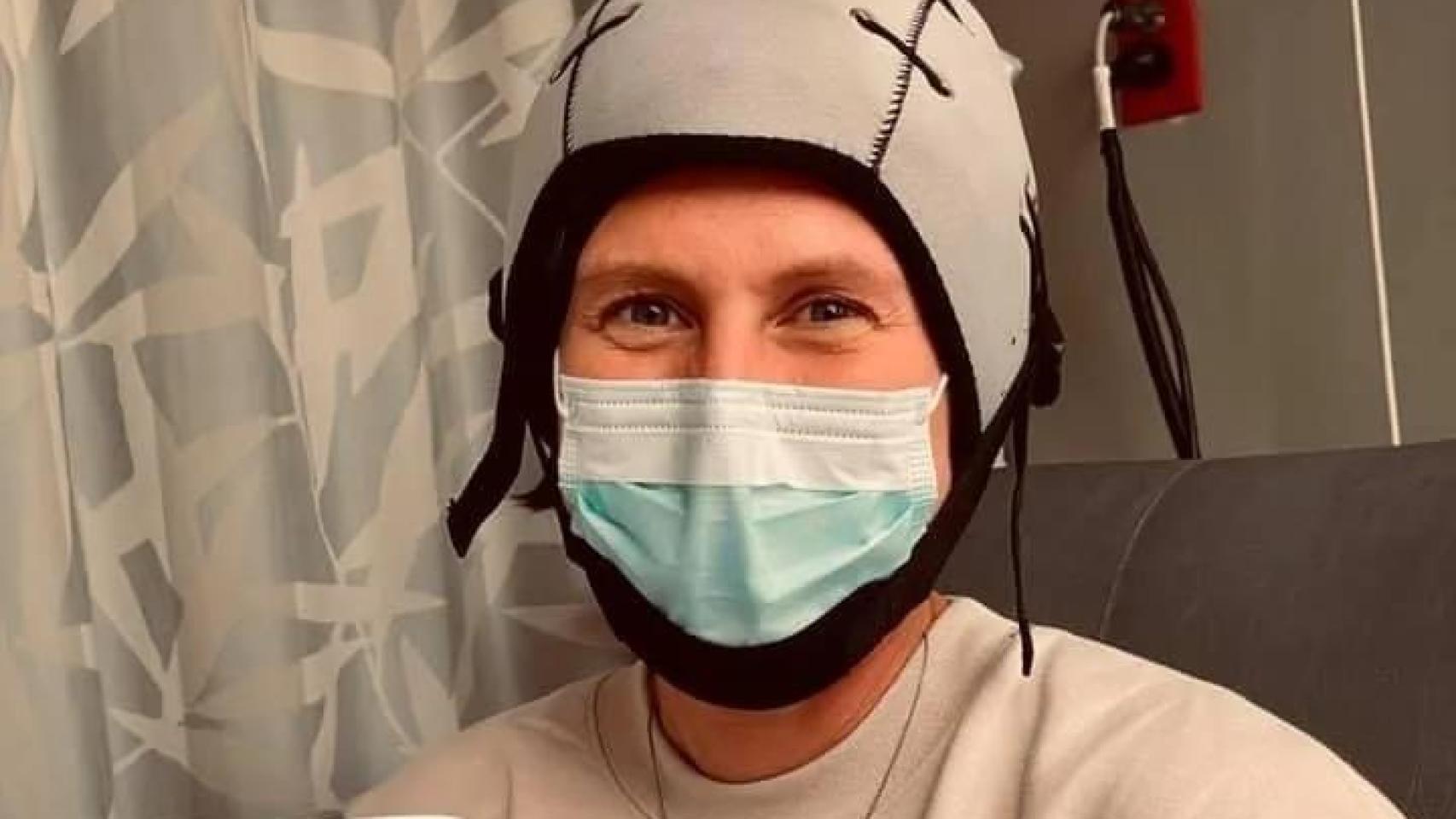Cancer makes no distinctions. The idea that this disease can affect anyone sounds cliché. It is often more comfortable to think of this illness as something that happens to others, perhaps to older people, after they have lived a full life. However, the reality is crueler. Sarah Krajewski knows this well, she has had to face two such devastating diagnoses before turning 40. Therefore, it is essential to pay attention to the slightest symptoms and feel your chest to detect any slight lump. Also, among the main symptoms were bronchitis, mononucleosis and atypical pneumonia.
The most surprising thing about her story is not only that she overcame both episodes, but that she did so while facing the challenge of motherhood, fighting cancer while carrying a new life in her womb. The first time Krajewski came face to face with cancer he was only 16 years old, an age when they should be worried about passing exams and first life experiences, not about a disease that usually affects much older people.
She was diagnosed with non-Hodgkin lymphoma, a type of cancer that affects the lymphatic system, which is responsible for draining excess fluids and fighting infections in the body. In his case, lymphoma arrived unexpectedly, something that radically changed his adolescence.

Years later, when she thought she had put that episode behind her, cancer knocked on her door again, this time in the form of a tumor in her chest while she was pregnant with her third child. At 39 years old, he was once again facing a threat that he already knew well. “I never imagined I would have to deal with cancer a second time”says to Parade. This second diagnosis was particularly hard, not only because of the physical impact, but because of the emotional burden it carried.
Breast cancer is, according to the American Cancer Society, a disease that mostly affects women over 60 years of age, and It is very rare for it to occur before the age of 45.In fact, the world average is 62 years. But this midwife by profession was not only in that minority, she was also below the average age when her lymphoma was diagnosed.
The signs
At the age of 16, Krajewski began to notice a series of symptoms that led her to seek medical attention on a recurring basis. Among the main health problems he experienced were bronchitis, mononucleosis and atypical pneumonia. These episodes not only affected his daily life, but turned out to be signs of something much more serious: non-Hodgkin’s lymphoma. Although the American Cancer Society associates the Epstein-Barr virus, responsible for mononucleosis, mainly with lymphomas in people with HIV, in her case it was the reason that led her to receive early treatment, which probably saved her life.
Decades later, when he had already left his first diagnosis behind, Krajewski again noticed an alarming symptom. At age 39, she discovered a lump in her right breasta discovery that immediately put her on alert. “I knew right away that something wasn’t right,” Sarah recalls. This lump turned out to be an early sign of breast cancer, a disease that had already affected several women in her family. Although recent studies suggest that most breast lumps are usually benign, Krajewski, pregnant at the time, didn’t want to take any chances and took quick action.
Sarah’s family history was a key factor in her not ignoring this second symptom. Her grandmother had faced aggressive breast cancer at age 28, and both her aunt and mother had also received similar diagnoses. This genetic inheritance encouraged her not to wait or trust in luck. Upon noticing the lump, a colleague encouraged her to get a mammogram right away, allowing her to receive a quick diagnosis and take action before the cancer progressed.
Therefore, he emphasizes the importance of being alert to the body’s signals. “I was very lucky to be attended to and treated quickly on both occasions”he states. For her, those initial symptoms, although subtle or common at first, were the first clues to a battle that would mark her life forever.
The emotional blow of facing a second diagnosis was overwhelming. She was pregnant and already the mother of two small children, ages two and four. Not only was she worried about her own health, but for the well-being of the baby growing in her womb. “It’s strange to have cancer while you’re pregnant. Everything we’re told to avoid in pregnancy seems trivial compared to chemotherapy,” she reflects.
Today she is healthy and lives a busy life with her three daughters. But his story doesn’t end there. He has turned his experience into a life mission: raise funds for cancer research and raise awareness among others about the importance of early diagnosis. Participating in quite demanding sporting events such as the Pan-Mass Challenge (PMC), a 79-mile bicycle race that aims to raise funds for the Dana-Farber Cancer Institute, the place that saved his life. “For me, traveling those 79 miles means feeling complete, finding purpose,” she says.
